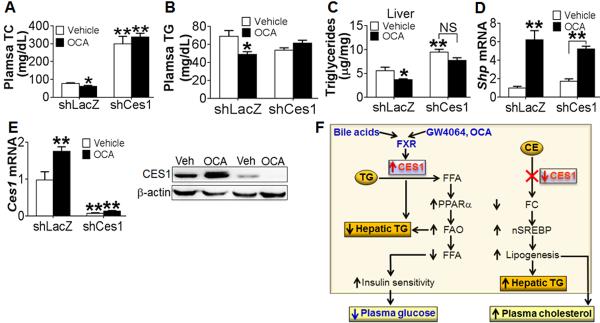Figure 8. Essential roles of hepatic CES1 in FXR-regulated lipid homeostasis.

(A–E) C57BL/6 mice were i.v. injected with Ad-shLacZ or Ad-shCes1. The next day, these mice were gavaged with either vehicle (0.5% CMC) or INT-747 (OCA, 30 mg/kg/d) for 7 days (n=8–10 mice per group). After a 5-h fast, mice were euthanized. Plasma total cholesterol (TC) (A) and TG (B) levels as well as hepatic TG levels (C) were determined. Hepatic mRNA levels of Shp (D) and Ces1 (E, left panel) were determined by qRT-PCR. Western blot assays were also performed (E, right panel). NS, not significant. In (C), treatment of the control group versus the Ces1-deficient group by OCA was significantly different (p<0.01). (F) Central roles of hepatic CES1 in lipid and carbohydrate metabolism and in FXR signaling. Expression of hepatic CES1 lowers hepatic TG level by increasing TG hydrolysis and FAO. As a result, hepatic FFA level is reduced, which in turn causes an increase in hepatic insulin sensitivity and a reduction in plasma glucose level. When hepatic CES1 is deficient, hepatic free cholesterol (FC) levels are reduced, resulting in an increase in hepatic SREBP processing. The increased nSREBP1 and nSERBP2 levels promote lipogenesis, resulting in increased levels of hepatic TG and plasma cholesterol. Hepatic CES1 can be induced FXR and bile acids. The induction of hepatic CES1 is critical for activated FXR to improve lipid homeostasis.
